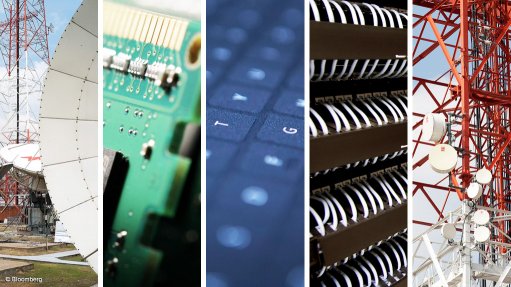
The Independent Communications Authority of South Africa (Icasa) on Friday published the awaited information memorandum for the high-demand spectrum licensing process for comment.
The document, previously expected to be published by December 31, follows the July publication of the Policy on High Demand Spectrum and Policy Direction on the Licensing of a Wireless Open Access Network, which mandated Icasa to develop an approach to licensing the spectrum.
“We invite all interested parties to take the opportunity and make submissions to this process. It is in the spirit of administrative justice and fairness that we consult stakeholders so that we can have their views on this imminent licensing process,” says Icasa acting chairperson Dr Keabetswe Modimoeng.
Stakeholders have until January 31, 2020, to submit their comments on the five options for several lots of high-demand spectrum.
“Given that the information memorandum is the initial step, and in light of the past delays in the assignment of spectrum, the authority urges stakeholders to make their submissions within the stipulated deadline.”
“The deficiency of assigned spectrum for International Mobile Telecommunications (IMT) brings constraints and challenges in the provision of broadband services.
“To address South Africa’s bandwidth deficiency, the currently assigned bandwidth of 566 MHz IMT spectrum needs to be increased to 958 MHz in the immediate future, in accordance with the authority’s five-year strategy,” Icasa notes.
The memorandum proposes several options for the licensing process for the 700 MHz, 800 MHz, 2 300 MHz, 2 600 MHz and 3 500 MHz IMT bands.
According to the memorandum, the spectrum available for assignment includes 2 x 30 MHz in the 700 MHz band; 2 x 30 MHz in the 800 MHz band; and 170 MHz in the 2 600 MHz band.
Also available to be licensed is 40 MHz in the 2 300 MHz band and 116 MHz in the 3 500 MHz band.
“It has been quite a lengthy period of time towards the assignment of high-demand spectrum owing to some or other challenges we faced as the regulator. However, with the release of the policy direction in the recent past, there is no justification to delay any further,” says Modimoeng.